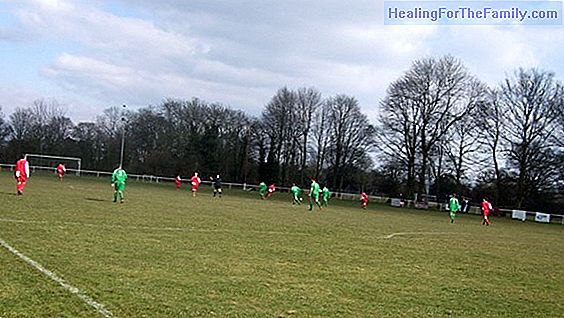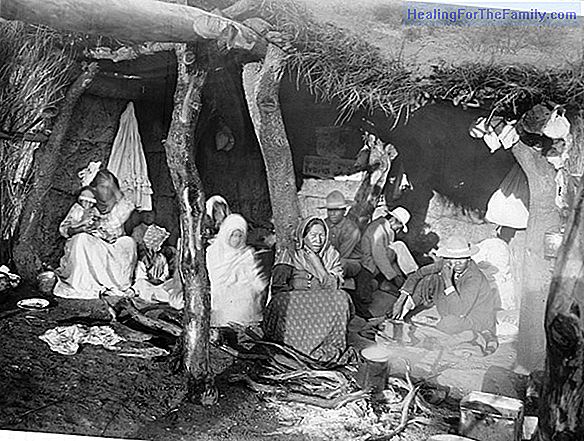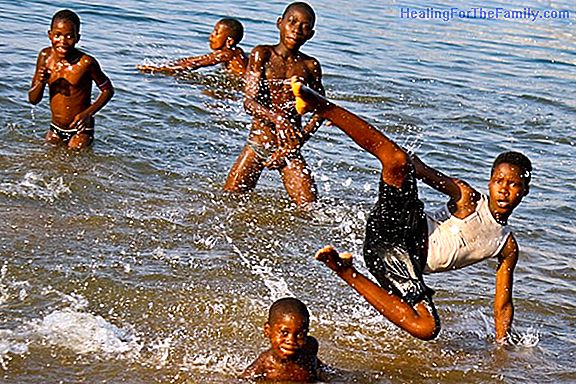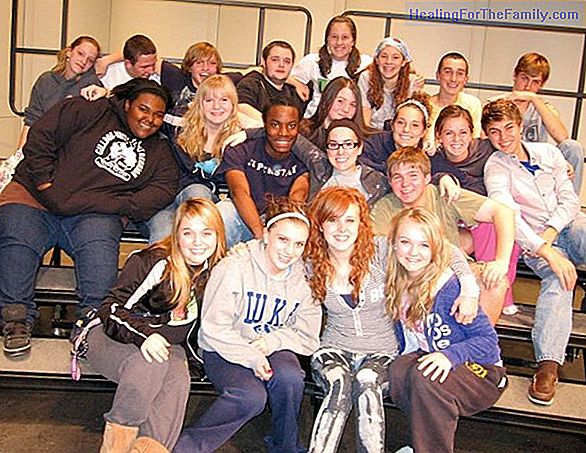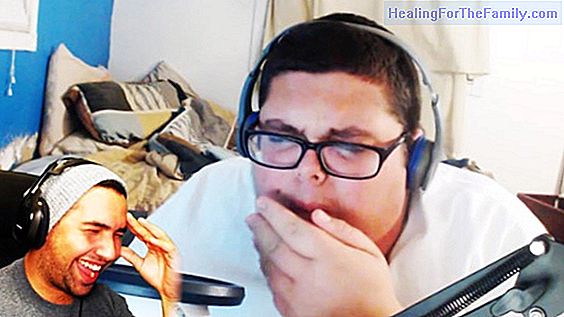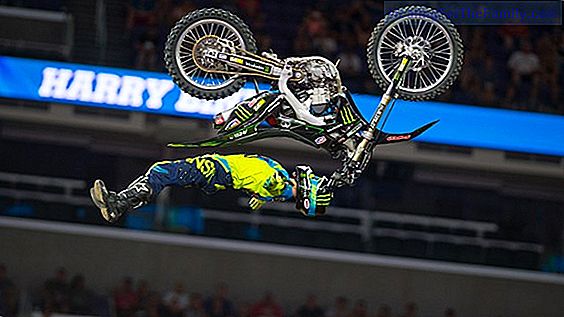Causes of children's crowded teeth
How beautiful a smile is with perfectly aligned teeth! But when there is a lack of space, when the teeth are piled up we say that there is 'crowding' and this crowding is appreciated aesthetically especially when it affects the front of the mouth; and is usually more common in the lower arch than in
How beautiful a smile is with perfectly aligned teeth! But when there is a lack of space, when the teeth are piled up we say that there is 'crowding' and this crowding is appreciated aesthetically especially when it affects the front of the mouth; and is usually more common in the lower arch than in the upper arch.
The lack of space in the arch to contain the teeth is the primary cause of crowding. Do not fit the teeth in their correct position and there is no other solution to be turned.
What makes the child's jaw grow correctly
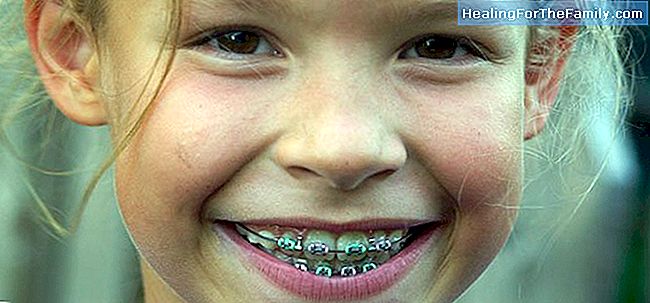
The typical explanation that the child has inherited 'the big teeth of the father and the small bone of the mother' does not seem to hold up. He will also have inherited then the large femurs, the large ulnae, the large vertebrae of the father and the skin (of the same embryological origin as the teeth) of the mother, and that does not make the skin too short to cover so much bone.
What then can justify crowding? It will have to be explained why the child's bone has not grown to house the teeth. What prevents or 'directs' bone growth? The function. The jaw grows because when suckling the forward and backward movements they "pull" the jaw at the height of the temporomandibular joint and promote growth in the length of the jaw.
Subsequently, teeth and teeth come out. The molars are for chewing. As soon as the first molar comes out, the child is able to eat solid (the output of the first molar coincides with the child's holding and other signs indicating that he will not choke). When the first molar above and the one below come out, each time they contact, a 'spark' of growth will occur which will cause the jaw to thicken and grow in volume. So suck and chew, on both sides alternately, is all the gymnastics that the child needs to grow well in the mouth and therefore the face. What factors alter the growth of the child's jaw But if the mouth is used for other things, such as breathing,
everything is altered
. A child who breathes through his mouth does not chew on both sides, he can not, he will use only one because he chokes when he has to chew and breathe in the same place. The mouth will be narrowed, the palate will take the form of a vault and everything will be transformed into a 'nose' so that the air can pass at a better temperature. The force of the air to breathe and the tonicity of the soft tissues, which will be flaccid, do not allow normal bone growth. For the individual it is important to be as oxygenated as possible and breathing is a vital function, so that the child's organism will have breathing as a priority, and chewing goes into the background. The tongue does not help the teeth are well placed, and the lips and cheeks either. Another very common cause of crowding is the premature loss of pieces of milk, usually due to cavities. When a tooth or a tooth has decay on one side, that piece loses width. The definitive teeth are wider than those of milk, so if the milk is 'narrow' the definitive will have less room and erupt in bad position.With which we return to the causes that usually justify almost any oral problem of childhood:
breastfeeding for at least 2 years
WHO recommends, introducing solid foods when the mouth is ready for it, and Correct hygiene are the keys to enjoy proper oral health in childhood and that this extends into adulthood. Irene Iglesias
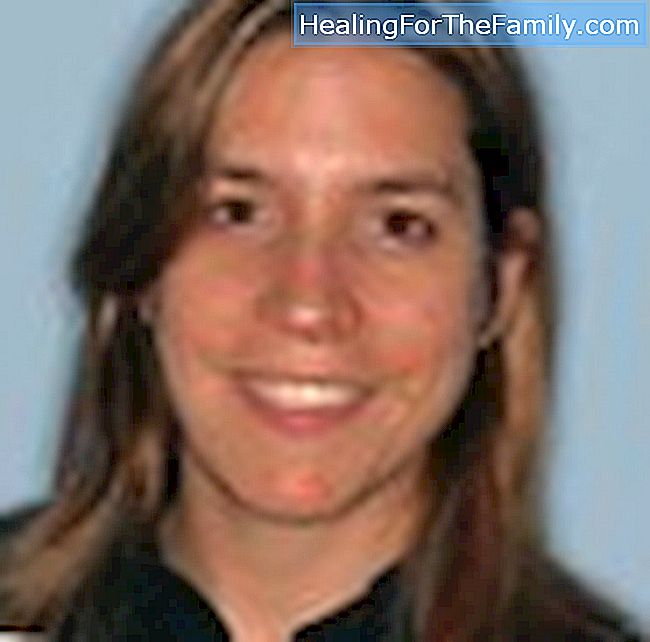
Maternal and child dentist

